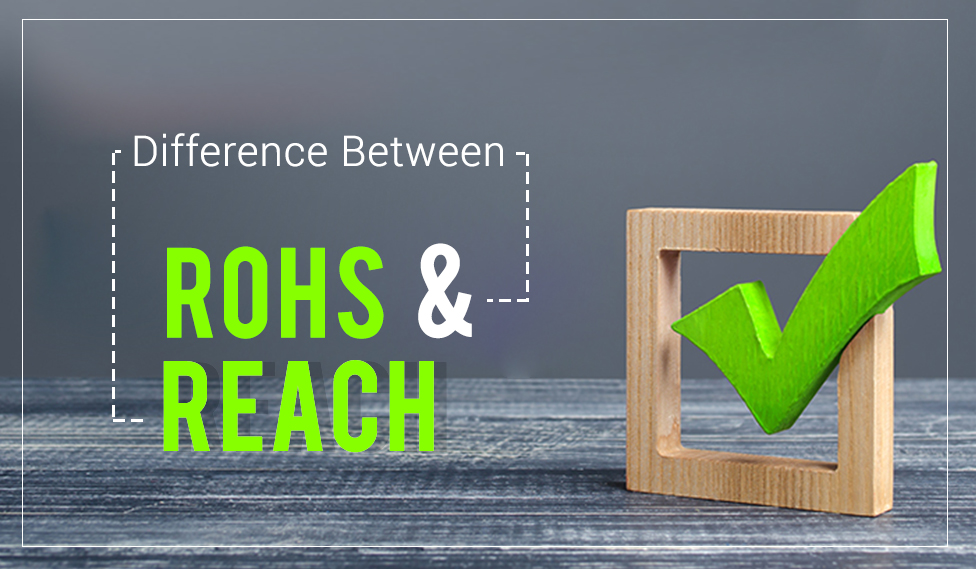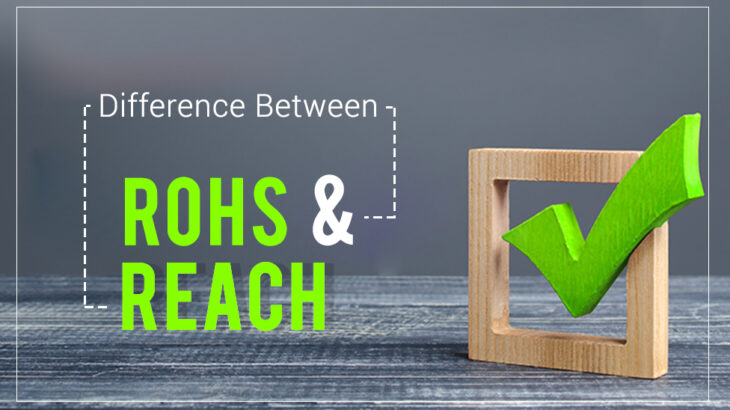
The electronic industry keeps on evolving and has undergone various changes. Most changes these industries have experienced are due to government regulations and laws. One of the recent developments in the rules of fabricating the electronic design is REACH compliance and ROHS. So, electronic manufacturers and other related creators should pay close attention to these regulations for products to get approved by meeting the requirements and safety standards. However, consumers and manufacturers are unaware of these regulations and don’t know how to abide by the compliance by reaching the essential standards. Hence, in this post, let us see the difference between ROHS and REACH. However, they may look similar but distinct from one another in every aspect.
What does it mean?
The foremost thing is that as an electronic design manufacturer, you should know the meaning of each regulation.
- REACH Compliance:
Registration, Evaluation, Authorization, and Restriction of Chemicals (REACH) is the law issued by the European nation to promote a healthy environment and safeguard the people from hazardous chemicals. The primary aim of the REACH is to regulate the usage of a chemical substance in industries that has a potential impact on the environment and human health. The European nation amended REACH law to increase the competitiveness among the chemical industry throughout the country and minimize the chemical testing methods on animals. The REACH compliance is predominantly followed by the European nations.
- ROHS compliance:
Restriction of Hazardous Substances Directive (ROHS) is a directive issued by the European nations that concentrate on fabricating electronic components. This law restricts 10 hazardous materials in the manufacturing of electronic products. It is one of the legislative initiatives to reduce toxic material waste. However, ROHS compliance is issued by the European nation, you can find different versions of this legislation in countries like China, Korea, UAE, etc.
So, the foremost difference between the ROHS and REACH compliance is the application of the materials. REACH focuses on the chemical used on products, and ROHS restricts hazardrous substances on the electronic and electrical equipment (EEE).
Substances:
In REACH, the European Nation has listed out various harmful chemicals under the Substances of Very High Concern. These chemicals are high at risk for the environment and human life throughout the substance’s lifespan and even after disposal.
- SVHC:
The European Chemical Agency (ECA) has listed out current and future compounds that are harmful for the environment and EU REACH Regulation restricts the manufacturers from including those substances in their products.
In ROHS compliance, the European Nation has restricted ten substances in producing electronic and electrical equipment (EEE). If the manufacturer includes these materials in the fabrication, they should use them only at the prescribed percentage. The ten substances obligated by the European Chemical Agency (ECA) is
- Cadmium (Cd)
- Lead (Pb)
- Mercury (Hg)
- Hexavalent Chromium (Cr VI)
- Polybrominated Biphenyls (PBB)
- Polybrominated Diphenyl Ethers (PBDE)
- Bis(2-Ethylhexyl) phthalate (DEHP)
- Benzyl butyl phthalate (BBP)
- Dibutyl phthalate (DBP)
- Diisobutyl phthalate (DIBP)
Requirements:
The REACH legislation requires the manufacturer or the exporter to register and apply for permission to get authorization if the company exports more than one tonne per year with the materials under the Substances of Very High Concern (SVHC).
The ROHS compliance is a 2-step verification process. The companies should test the EEE products, including cable, accessories and other spare parts. The testing is to check that the products do not include the prescribed ten substances and are below the specified threshold if used.
The second step is to audit the complete manufacturing process and perform on-site compliance before document submission of certification.
Hence, these are the significant differences between the ROHS and REACH compliance. Experts at Sunstream understand all your requirements and offer you complete fabrication solutions through REACH & SDS services!




 +1.585.935.7123
+1.585.935.7123 +91-804-148-6861
+91-804-148-6861